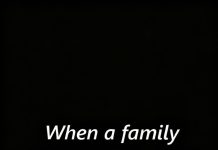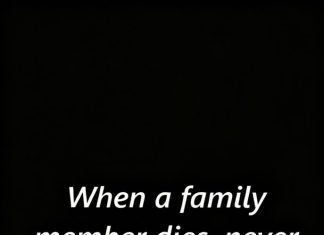The Tragic Encounter: A Closer Look at Timothy Treadwell’s Final Days
In a heart-wrenching tale that intertwines human passion with the raw ferocity of nature, the chilling final moments of Timothy Treadwell and his girlfriend, Amie Huguenard, have left an indelible mark on wildlife enthusiasts and the general public alike. Known as the ‘Grizzly Man,’ Treadwell dedicated his life to studying and living alongside grizzly bears in Alaska’s Katmai National Park, a commitment that ultimately led to a tragic end on October 5, 2003. The complexities of Treadwell’s relationship with these magnificent creatures become painfully clear through chilling audio recordings that document their final moments—sounds that echo the profound risks associated with human-animal interactions.
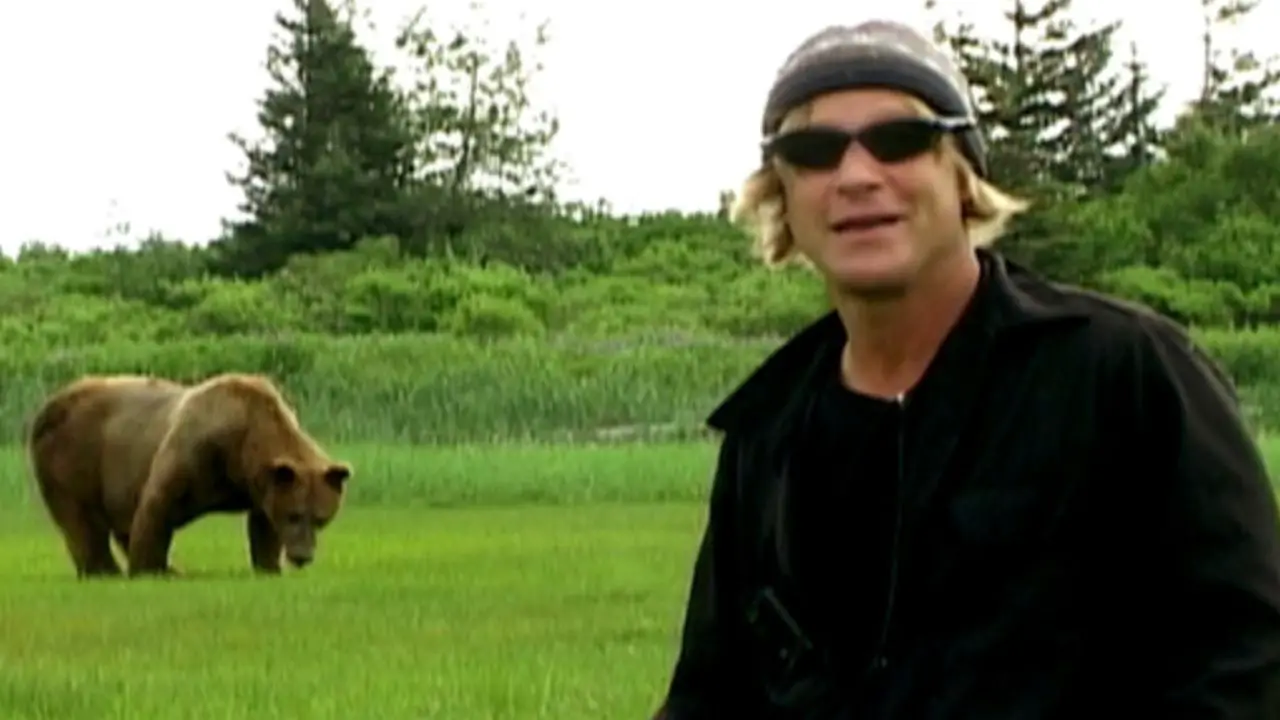
A Life Among Giants: Treadwell’s Passion for Bears
Timothy Treadwell was not just a casual observer of wildlife; he was consumed with the idea of living harmoniously with bears, viewing them as friends rather than wild animals. Over the course of 13 summers, he immersed himself in the untamed wilderness of Alaska, spending considerable time in areas that were hotspots for bear activity, such as Hallo Bay and the Grizzly Maze. Treadwell famously named individual bears, documenting his interactions with them in a detailed manner that included personal anecdotes and vivid descriptions of their behaviors. His approach often involved risky behavior, such as playing with cubs and approaching adult bears in close proximity.
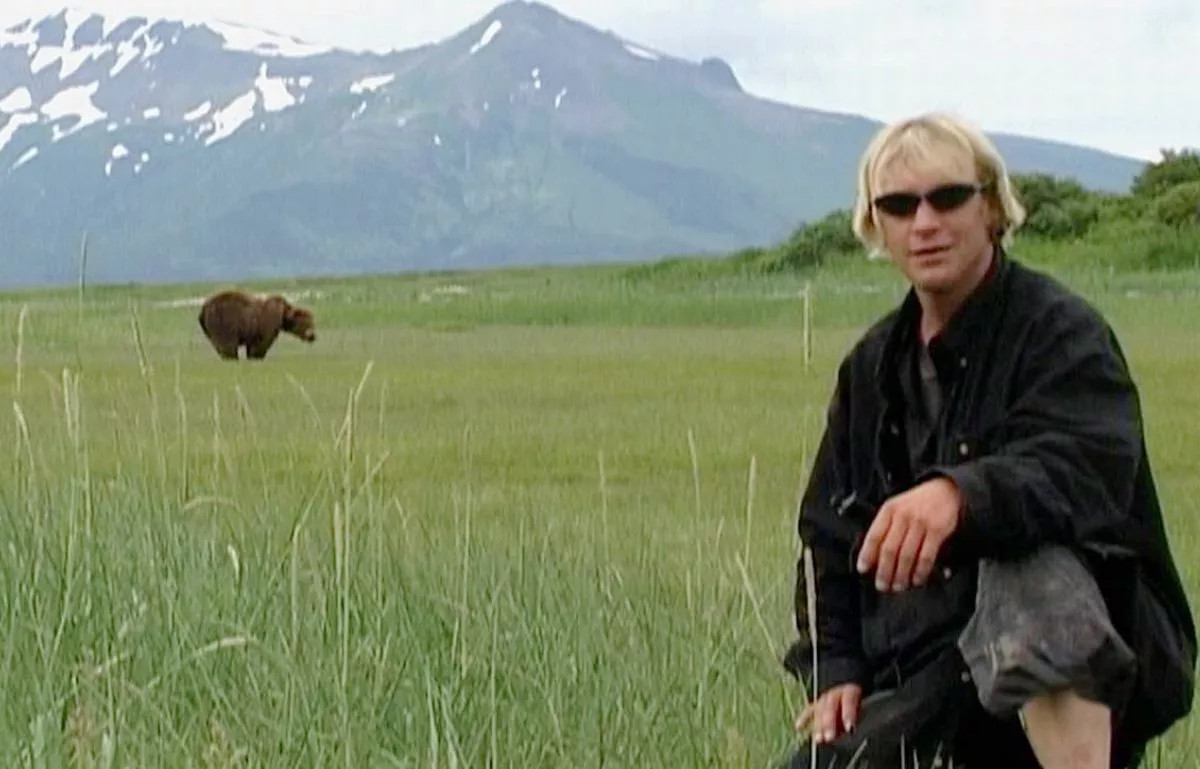
Driven by a deep-seated belief in the sanctity of nature and a disdain for modern society, Treadwell sought refuge in the wilderness, finding both purpose and belonging in what many would consider an unpredictable environment. His philosophy was one of coexistence, but it walked a fine line between admiration and naivete. Treadwell often disregarded the advice of wildlife experts, who cautioned against anthropomorphizing wild animals—an outlook that can lead to misunderstandings about their behavior and instincts. This relationship he cultivated with the bears, while deeply personal, was rooted in a complex and often dangerous belief system about the natural world.
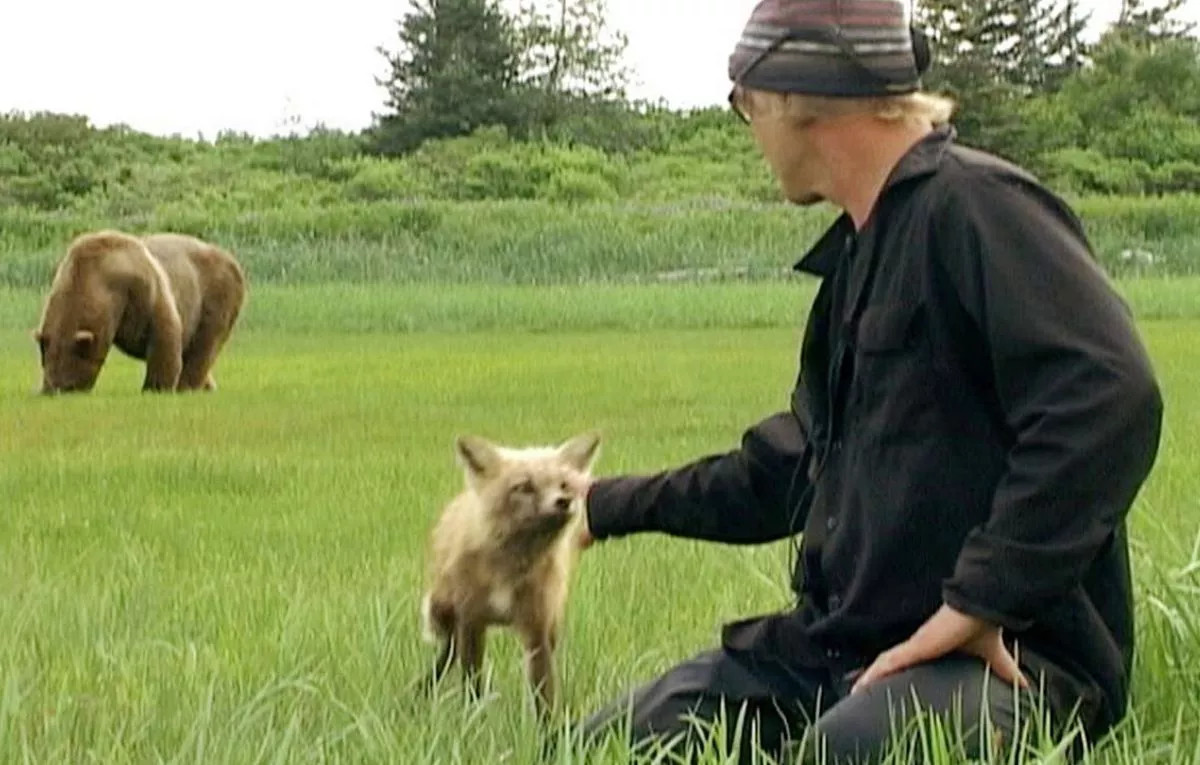
Into the Danger Zone: The Final Camping Trip
During their last camping trip, Treadwell and Huguenard ventured into the Grizzly Maze during a perilous time—when bears were actively feeding in preparation for hibernation. This critical detail amplifies the inherent danger of their situation, as Treadwell had consistently disregarded warnings from park authorities regarding bear behavior during this season. While other visitors took extensive precautions, Treadwell’s close encounters with bears had fostered a dangerous level of complacency. His adventurous spirit, while admirable, often teetered into recklessness, leading both him and Huguenard toward a nightmarish scenario. As they navigated the remote wilderness, it became increasingly clear that their safety was compromised. The bears, driven by instinct to bulk up for hibernation, were not only more aggressive but also less tolerant of human presence. Treadwell’s insistence on camping in the heart of bear territory, despite the obvious risks, serves as a stark reminder of the consequences of underestimating nature’s power. Those who venture into such wild settings need to acknowledge and respect the rules of engagement, a lesson that tragically escaped both Treadwell and Huguenard in their final days.
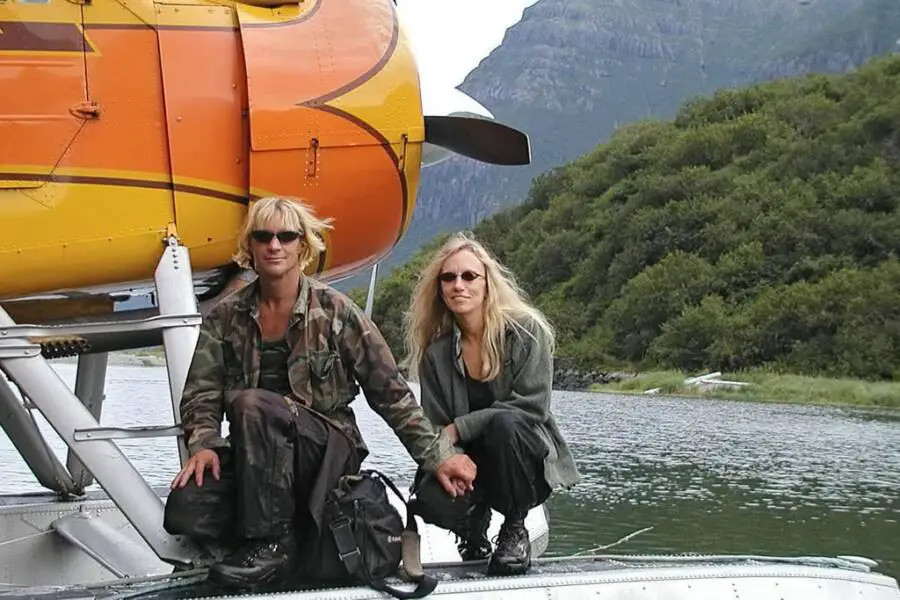
The Discovery: A Gruesome Scene Unveiled
The tragedy unfolded when air taxi pilot Willy Fulton arrived to pick the couple up, only to be met with a scene that would haunt him forever. What Fulton encountered was not just the absence of the campers but a horrifying tableau that unveiled the couple’s grim fate. A bear, described by witnesses as particularly aggressive, was found feasting on human remains near the couple’s campsite. The tent had been torn apart, and personal belongings were strewn around, signifying a violent struggle. Investigators later discovered Treadwell’s severed head and mutilated arm, painting a vivid picture of the chaos that had ensued. The juxtaposition of Treadwell’s previous interactions with bears against the stark reality of his death highlights the perilous boundary between fascination and folly, where the naive belief that he could engage with bears as friends proved catastrophic. This gruesome discovery not only shocked those who knew Treadwell but also raised broader questions about human intervention in nature. The sight of a bear consuming Treadwell’s remains is a haunting reminder of the wild’s brutality, emphasizing the unpredictability of nature—a theme that resonates deeply in discussions about wildlife conservation and human encroachment into animal habitats. The emotional toll of such an event rippled through the community, leaving behind a legacy marked by both admiration for Treadwell’s passion and horror at the events that transpired.
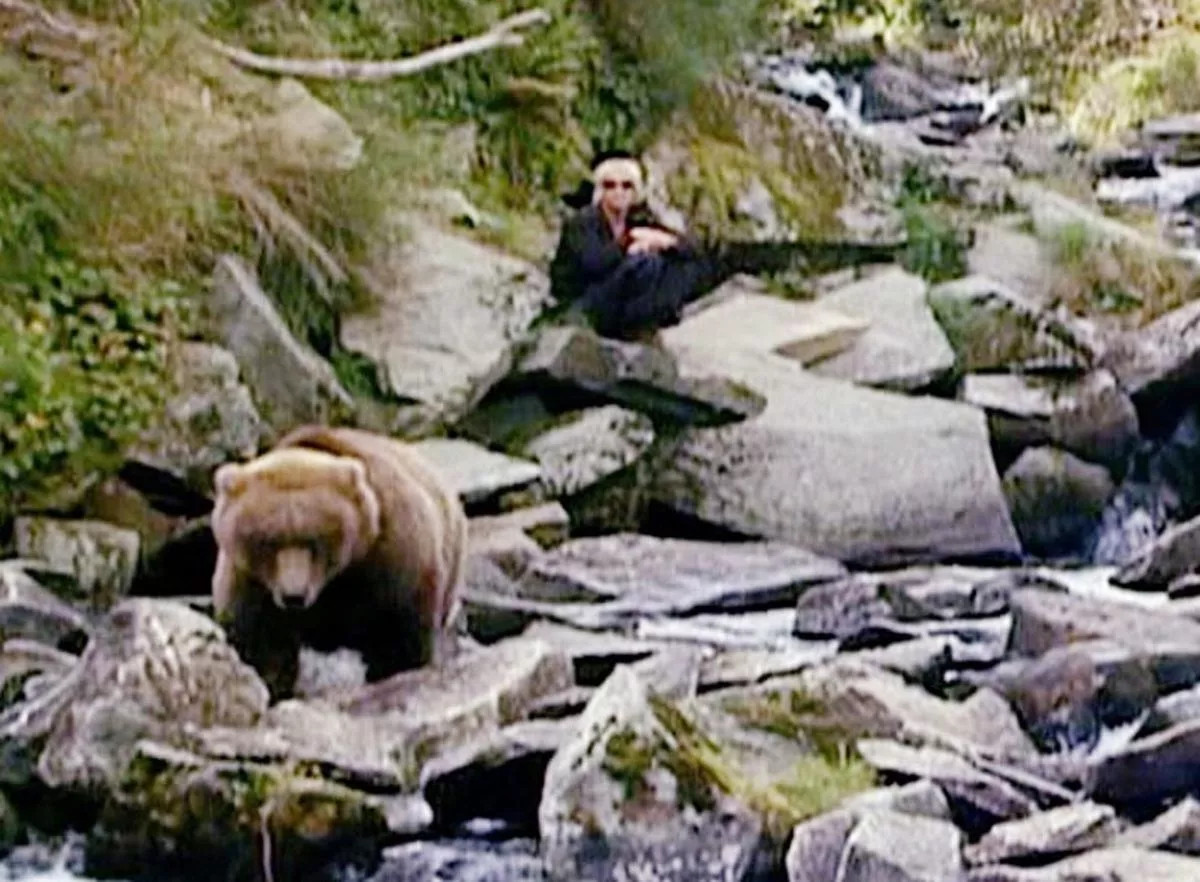
The Audio Recording: Echoes of Horror
Among the most harrowing aspects of this tragic story is the audio recording that captures the final moments of Treadwell and Huguenard. Although Treadwell had not intended to document this particular encounter—having neglected to remove the lens cap from his camera—the microphone still recorded their desperate cries. In those six minutes of anguish, listeners can hear Treadwell pleading for help, urging Huguenard to fight back against the bear as the terrifying attack unfolded. The palpable fear in their voices serves as a chilling reminder of the unpredictability of nature and the consequences of underestimating wild animals. Film director Werner Herzog, who later chronicled Treadwell’s life in the documentary *Grizzly Man*, cautioned audiences against listening to the tape, highlighting the visceral horror encapsulated in those final screams. The audio recording stands not only as a testament to the couple’s final moments but also as a broader commentary on the dangers associated with human-animal interactions. It forces listeners to confront the potential perils of romanticizing nature and underscores the harsh reality that some encounters can lead to devastating consequences.
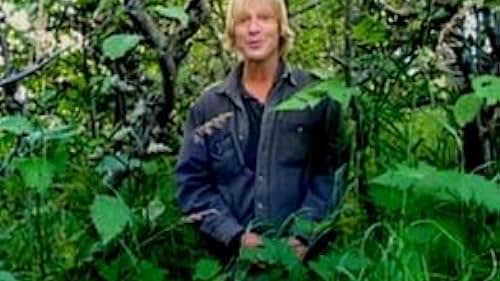
A Legacy of Controversy: The Grizzly Man Documentary
Treadwell’s tragic demise did not go unnoticed; it became the focal point of Werner Herzog’s critically acclaimed documentary, *Grizzly Man*. This film dives deep into Treadwell’s life, exploring the complexities of his relationship with bears and the philosophical questions surrounding human intervention in nature. Through compelling footage and poignant commentary, Herzog examines whether Treadwell’s passionate devotion was an admirable quest or a reckless folly. The documentary’s impact extends beyond Treadwell’s personal story; it invites audiences to reflect on the broader implications of wildlife conservation and the risks associated with anthropomorphism. As Herzog presents Treadwell’s life through a critical lens, he prompts viewers to consider the ethical dimensions of wildlife interaction. Was Treadwell merely an enthusiastic conservationist, or did his actions exhibit a dangerous disregard for the raw realities of wild animals? Herzog’s candid remarks about the recordings and the gruesome reality of the couple’s end underscore the tragic consequences of blurring the lines between nature and human existence. The film has sparked intense discussions about the ethics of wildlife conservation, leading many to question the methodologies employed by individuals who strive to connect with nature on such an intimate level.
Reflections on Human-Nature Interaction
The tragic account of Timothy Treadwell and Amie Huguenard stands as a haunting reminder of the unpredictable relationship between humans and wildlife. While Treadwell’s intentions were rooted in a profound love for nature, the outcome of his endeavors reveals the perilous consequences of living too intimately with wild creatures. His story is not merely a cautionary tale; it prompts essential discussions about the responsibilities of those who seek to engage with the wild. As we reflect on his legacy, it is crucial to recognize the delicate balance that must be maintained in wildlife conservation efforts. Respecting the instincts of wild animals, understanding their behavior, and adhering to safety guidelines are paramount for anyone wishing to coexist with nature. The lessons learned from Treadwell’s life challenge us to appreciate the beauty of the wild while acknowledging its inherent dangers. Ultimately, his journey serves as both a poignant reminder of the risks associated with human intrusion into wildlife territories and an urgent call for a more thoughtful and respectful approach to conservation. In a world where human encroachment continues to threaten natural habitats, Treadwell’s story remains a profound and sobering reflection on the complexities of our relationship with the animal kingdom.





